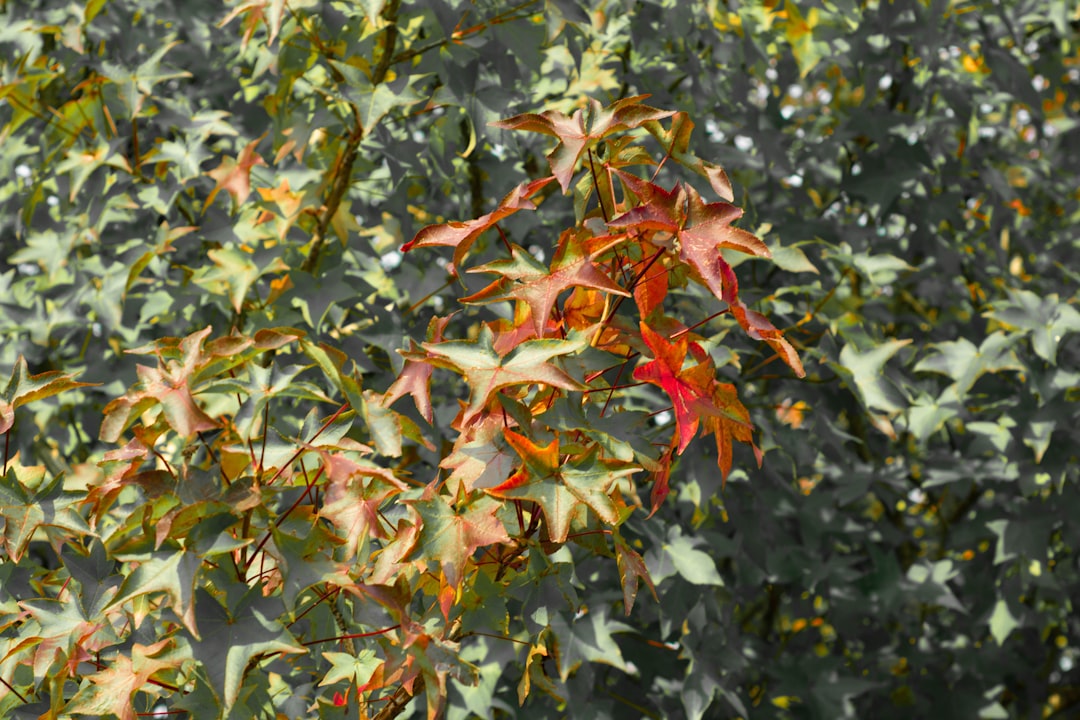The Colorful World of Bell Peppers: A Guide to Cultivation

Bell peppers, those vibrant and versatile vegetables, come in a stunning array of colors, including green, purple, red, orange, and yellow. These hues not only add a pop of color to your garden but also bring a variety of flavors and nutritional benefits to your table. In this guide, we'll explore the art of growing bell peppers, from starting them from seed to harvesting a bountiful crop.
### Choosing the Right Seeds
When it comes to growing bell peppers, the first step is selecting the right seeds. You can find a wide variety of bell pepper seeds at your local nursery or online. Consider the color, size, and flavor of the peppers you want to grow. Some popular varieties include the sweet and juicy California Wonder, the colorful Chocolate Bell, and the spicy Hungarian Wax. Make sure to choose seeds that are suitable for your climate and growing conditions.
### Starting Seeds Indoors
Bell peppers are warm-season crops that require a long growing season. To get a head start on the growing season, it's best to start your seeds indoors about 8-10 weeks before the last frost date in your area. Fill a seed tray or small pots with a high-quality seed-starting mix. Moisten the soil and plant the seeds about 1/4 inch deep. Keep the soil consistently moist and place the tray or pots in a warm, sunny location. You can also use a heat mat to help keep the soil warm and promote germination.
### Transplanting Seedlings
Once the seedlings have developed their first true leaves and the danger of frost has passed, it's time to transplant them outdoors. Choose a sunny location in your garden with well-drained soil. Amend the soil with compost or aged manure to improve its fertility and drainage. Dig holes that are slightly larger than the root balls of the seedlings. Gently remove the seedlings from their containers and place them in the holes. Fill in the holes with soil and gently firm the soil around the seedlings. Water the seedlings thoroughly to help them settle in.
### Providing Proper Care
Bell peppers require regular care to thrive. Water the plants deeply and regularly, especially during dry spells. Make sure the soil is evenly moist but not waterlogged. Mulch around the plants to help retain moisture and suppress weeds. Fertilize the plants every 2-3 weeks with a balanced fertilizer to promote healthy growth and fruit production. Pinch off the suckers that grow in the axils of the leaves to encourage the plants to focus their energy on producing fruit.
### Protecting from Pests and Diseases
Like all plants, bell peppers are susceptible to pests and diseases. Common pests include aphids, spider mites, and whiteflies. You can control these pests by using insecticidal soap or neem oil. Diseases such as blossom end rot, powdery mildew, and bacterial spot can also affect bell peppers. To prevent these diseases, make sure to provide proper air circulation around the plants, avoid overhead watering, and remove any infected leaves or fruits promptly.
### Harvesting Bell Peppers
Bell peppers are ready to harvest when they have reached their full color and are firm to the touch. You can use a sharp knife or pruning shears to cut the peppers from the plant. Leave a short stem attached to the pepper. Harvest the peppers regularly to encourage the plants to produce more fruit. You can store bell peppers in the refrigerator for up to a week or freeze them for later use.
In conclusion, growing bell peppers is a rewarding experience that allows you to enjoy fresh, delicious peppers right from your garden. By following these tips and providing proper care, you can grow a healthy and productive crop of bell peppers. So, roll up your sleeves, get your hands dirty, and start growing your own bell peppers today!